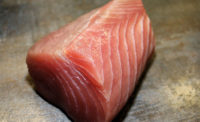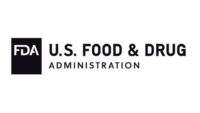FDA Lowers Levels for Histamine Adulteration in Fish

Image credit: Freepik
The U.S. Food and Drug Administration (FDA) has released a new final Compliance Policy Guide on scombrotoxin (histamine) adulteration in fish and fishery products, and has lowered the acceptable levels for histamine in fish.
The guide is intended to assist FDA in addressing adulteration associated with decomposition and histamine identified during surveillance sampling and testing. It also will increase consumer protections related to scombrotoxin fish poisoning by lowering the levels of histamine in fish at which the FDA indicates that it may take action.
Based on current scientific evidence, FDA decided to lower the histamine criteria for decomposition from two or more sample units at 50 parts per million (ppm) or greater to one or more sample unit at 35 ppm or greater. FDA has also adopted a 200 ppm maximum histamine limit.
The composition of the muscle tissue in certain fish species, such as tuna and mahi-mahi, can cause histamine and other spoilage compounds to form due to the activity of enzymes produced by spoilage bacteria after a fish dies, which can then lead to scombrotoxin fish poisoning. Unless fish are properly chilled, histamine can accumulate, and once formed, cannot be removed by washing, freezing, or heating. However, histamine can be easily controlled and mitigated by applying basic good hygienic practices, such as rapidly chilling fish and maintaining appropriate time and temperature controls. Properly harvested and handled fish and fishery products have little to no detectable histamine.
Scombrotoxin fish poisoning represents the highest number of illnesses associated with finfish in the U.S.
Looking for a reprint of this article?
From high-res PDFs to custom plaques, order your copy today!






